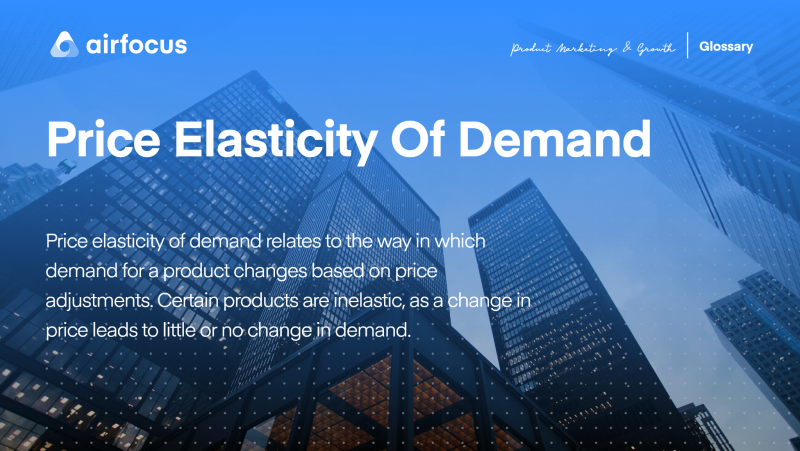Price Elasticity of Demand
What Is the Price Elasticity Of Demand
Definition of the Price Elasticity Of Demand
The Price elasticity of demand refers to the change in demand for a product based on alterations to its price. For example, if a popular productivity tool’s price increases within two years of its release, will demand for the product increase, decrease, or remain the same?
Some items are considered inelastic, as their prices and demand levels tend to stay the same. Elastic products, on the other hand, will experience noticeable shifts in demand based on repricing.
However, changes in price may cause little to no drop in demand, especially for products deemed ‘essential’ by consumers. Gas is a good example here, as people rely on fuel regardless of gradual increases in cost (though a major spike would no doubt cause people to look for alternative modes of transportation).
Price elasticity of demand in SaaS
SaaS products may be elastic or inelastic. A company increasing the price of its tool may, or may not, see a drop in demand if there are more cost-effective alternatives available.
But increasing costs is a common business practice, especially for new ventures with rising overheads. That’s why it’s vital to position a SaaS product as a unique, essential offering. Users should feel the product or service is worth any extra cost, remaining loyal to the brand in the long-term.
That being said, demand for a product will be put at risk as competing items reach the market, and companies must bear this in mind when considering price changes.

General FAQ

Glossary categories
Prioritize with confidence

Experience the new way of doing product management








